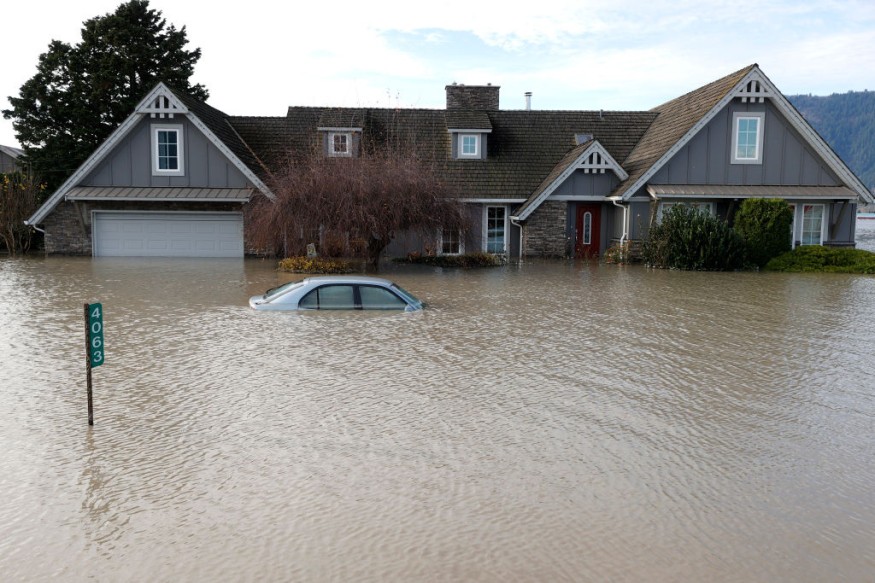Overland flooding has caused the evacuation of more than a thousand residents in some parts of Canada's northwestern Alberta Province.
The reported natural calamity highlights the risk of renewed heavy rain and flash floods in the North American nation.
There were no immediate reports of casualties from the natural hazard. However, the rising water level not only affected properties but also brings life-threatening risks.
As a result, local authorities have issued a state of emergency in the affected areas until further notice.
Widespread Evacuation

As water levels rise over recent days, displaced members of the communities have stayed in hotels and evacuation centers across the province.
The flooding was caused by heavy precipitation and snowmelt, resulting in increased flood risk for the northwestern Alberta communities, according to the Canadian Broadcasting Corporation (CBC).
Approximately 1,100 people have evacuated as elevated water levels have been recorded in the Sousa Creek Basin and its surrounding waterways.
This came after mandatory evacuations over the weekend, as per the latest reports on Wednesday, May 11.
Some community members of Chateh volunteered to stay in the remote northern Alberta town to protect properties from flood damage.
However, the currents from the flooding have been reported to be strong.
The volunteers used small boats and quads in several areas most affected by the rising floodwaters.
State of Emergency
Alberta officials have declared a state of emergency for the community of Chateh and First Nations settlement John D'or Prairie, according to the Global Disaster Alert and Coordination System (GDACS), a joint initiative between the United Nations Office for the Coordination of Humanitarian Affairs (UNOCHA) and the European Commission (EC).
The GDACS assessment revealed the disastrous event in Alberta Province started on Friday, May 6.
The overland flooding has caused significant material damage, including residential and commercial establishments.
Under the state of emergency, local authorities may exercise additional powers, including the imposition of strict measures pertaining to evacuations and recovery efforts.
A reserved budget from either the local or national government is also associated with the emergency declaration.
Canada Overland Flooding
According to the Government of Canada, overland flooding occurs when "water flows overland" and enters buildings through doors, cracks, and windows; it is one of the most common and costly natural disasters in Canada.
In particular, overland flooding reportedly transpires when the water volume in a stream, river or any inland bodies of water exceeds the capacity of its channel.
Floods also occur in nearby settlements around lakes and communities in coastal areas.
Furthermore, floodwaters are elevated if torrential rain occurs during the spring season when the ground is still frozen, resulting in snowmelt and a rapid spike in floodwater levels.
Each year, overland flooding has affected hundreds of thousands of Canadians and caused millions of dollars of property damage.
This type of flood transpires in any region of the country at any time of the year, the Canadian government adds.
In April, large-scale overland flooding due to heavy rain struck the city of Winnipeg and other areas across Manitoba Province where basements and roads were overwhelmed, resulting in multiple cases of power outages.
© 2025 NatureWorldNews.com All rights reserved. Do not reproduce without permission.





